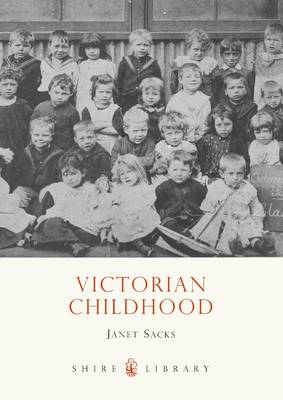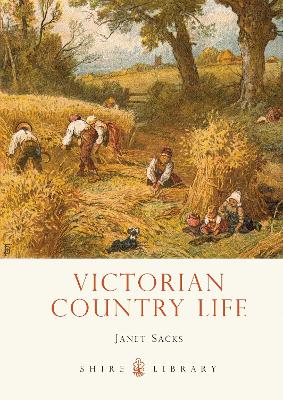Shire Library
2 primary works
Book 587
The lives of children during the Victorian era differed dramatically between the rich and the poor. The children of the wealthy lived in comfort with good education, while the poorest children grew up with little food or care, no education, and were often exploited for work. Janet Sacks explores the world of Victorian children, and how their experiences changed as laws were introduced to stop child employment, and education became compulsory, how holidays became possible by train, and the introduction of mass-produced toys. Using archive photographs and illustrations, she paints a picture of what it was like to grow up in Victorian Britain, and how changing attitudes towards children led to a very different upbringing by the end of the period.
Book 679
During the reign of Queen Victoria, industrialisation changed every aspect of rural life. Industrial diversification led to a decline in agriculture and mass migration from country to town and city - in 1851 half the population lived in the countryside, but by 1901 only a quarter did so. This book outlines the changes and why they occurred. It paints a picture of country life as it was when Victoria came to the throne and shows how a recognisably modern version of the British countryside had established itself by the end of her reign. Cheap food from overseas meant that Britain was no longer self-sufficient but it freed up money to be spent on other goods: village industries and handcrafts were undercut by the new industrial technology that brought about mass production, and markets were replaced by shops that grew into department stores.

